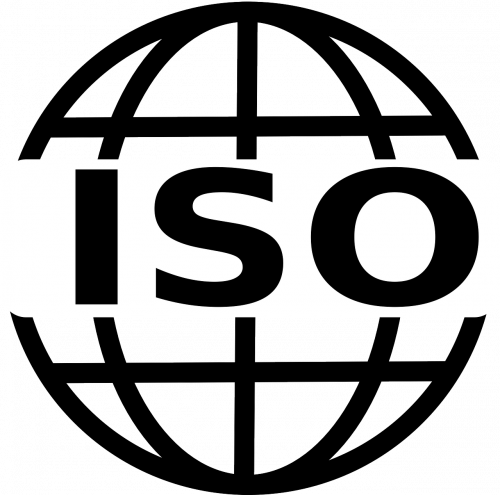
ISO 14001 Implementation and Environmental Compliance Audit
With its certified environmental auditor (CEA), Enviropass can assist you in every step of your ISO 14001 implementation and maintenance. We perform regulatory monitoring and environmental compliance audits (ECA) across the USA and Canada.




